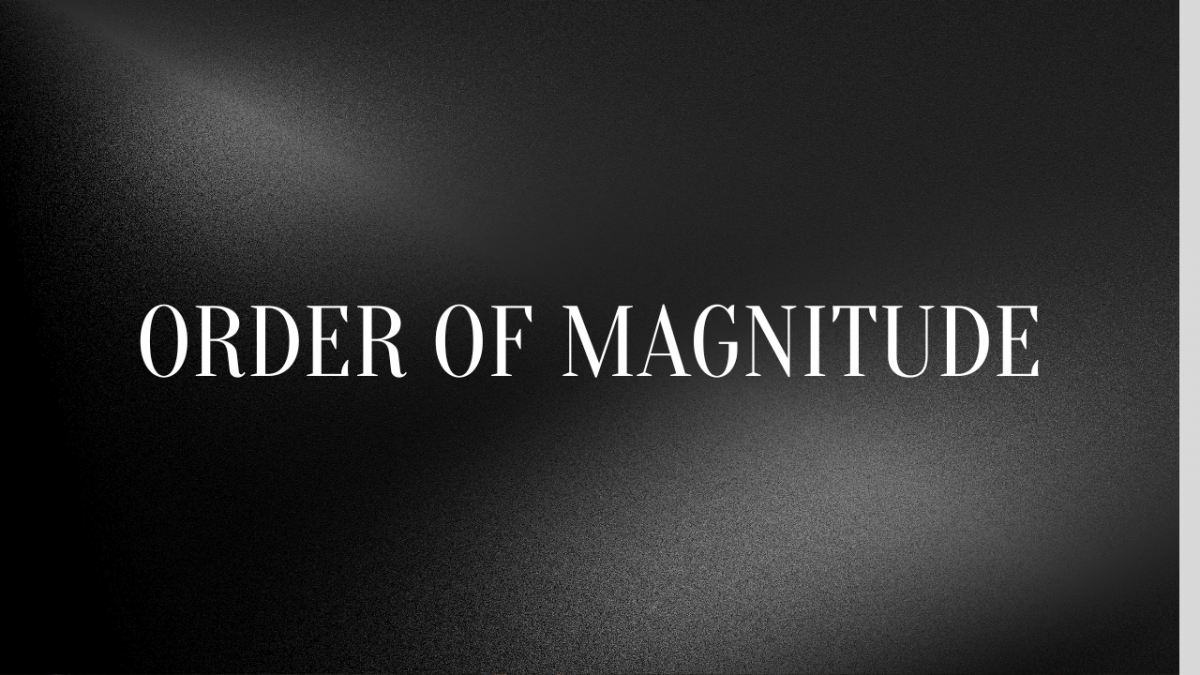Introduction
In the complex landscape of decision-making, understanding the mental models that shape our perceptions and judgments is crucial. One such mental model that significantly impacts our choices is the concept of the Order of Magnitude. Rooted in human psychology, this model refers to the scale or size of a quantity or event, rather than its precise value. In this comprehensive blog post, we will explore the Order of Magnitude as a mental model, its relevance in decision-making processes, and its prevalence in our daily lives. We will examine real-life examples across personal decisions, business scenarios, and public policy-making to illustrate how falling prey to this fallacy can lead to irrational decisions that go against our best interests. Additionally, we will explore the biases that contribute to the Order of Magnitude and provide practical strategies to identify and avoid this cognitive trap for more objective decision-making.
Defining the Order of Magnitude
The Order of Magnitude is a mental model that focuses on the approximate scale or size of a quantity or event, rather than its precise value. It allows us to quickly categorize and compare things based on their relative magnitude. This mental shortcut is rooted in the understanding that precise accuracy is often unnecessary, and rough estimates or approximations are sufficient for decision-making purposes.
Relevance in Decision-Making Processes
Understanding the Order of Magnitude is crucial for making informed decisions. In many situations, an approximate understanding of the scale of a quantity or event is more valuable than an exact figure. By grasping the rough magnitude, we can prioritize and allocate our resources effectively, evaluate risks, and avoid getting lost in unnecessary details. However, relying solely on rough estimates without considering critical nuances can lead to poor decision-making, as the Order of Magnitude may oversimplify complex problems.
The prevalence of the Order of Magnitude in our lives
The Order of Magnitude mental model is prevalent across various domains of our lives, impacting personal decisions, business strategies, and public policy-making. Let’s examine three distinct examples to illustrate its occurrence:
- Personal Life Decisions: Imagine a person considering purchasing a new car. They may focus on comparing the approximate cost ranges of different models and brands rather than fixating on precise values. By quickly understanding the order of magnitude of the prices, they can narrow down their options and make an informed decision based on their budget and needs. However, if they overlook other important factors such as maintenance costs or long-term reliability, they may end up with a vehicle that fails to meet their expectations.
- Business Scenarios: In the business world, the Order of Magnitude plays a crucial role in various contexts. For instance, when estimating the market potential for a new product, entrepreneurs often rely on rough approximations rather than conducting extensive market research. While these estimations can help them prioritize investment opportunities, neglecting market dynamics and consumer preferences can lead to unrealistic expectations and misguided business strategies.
- Public Policy-Making: The Order of Magnitude also influences public policy decisions. Consider a government evaluating the economic impact of a proposed policy change. Rather than conducting an exhaustive analysis, policymakers may rely on approximate estimates to gauge the potential outcomes. While this approach can facilitate swift decision-making, overlooking critical factors or externalities can result in unintended consequences and ineffective policies.
Mental Biases and Psychological Underpinnings
Several mental biases contribute to the occurrence of the Order of Magnitude mental model. One such bias is the Anchoring Bias, where individuals rely heavily on initial information or values when making judgments or estimates. The initial reference point, or anchor, can influence subsequent assessments of magnitude, leading to systematic errors in decision-making.
Furthermore, the Availability Heuristic plays a role in the Order of Magnitude. People tend to rely on readily available information when making estimates or judgments. If easily accessible examples or instances fall within a particular order of magnitude, individuals may overlook less accessible but more accurate information, leading to skewed estimations.
Avoiding the Order of Magnitude Trap
To avoid succumbing to the Order of Magnitude mental trap, it is important to employ critical thinking and objective decision-making strategies. Here are some practical tips
- Seek diverse perspectives: Engage with individuals who offer alternative viewpoints and challenge your initial estimations. This can help mitigate the Anchoring Bias and encourage a more comprehensive understanding of the problem at hand.
- Conduct deeper research: While rough approximations can provide valuable insights, it is essential to delve deeper when making significant decisions. Invest time in gathering accurate data, conducting analyses, and considering relevant nuances to enhance the quality of your estimations.
- Consider the context: Remember that the Order of Magnitude is a mental model designed for quick decision-making. However, not all situations warrant such speed. Evaluate the complexity and potential consequences of a decision, and adjust your level of approximation accordingly.
- Embrace uncertainty: Recognize that rough estimates come with inherent uncertainty. Acknowledging this uncertainty can help you avoid overconfidence in your estimations and encourage a more open-minded approach to decision-making.
Conclusion
The Order of Magnitude mental model is a powerful tool for making informed decisions, allowing us to quickly assess the relative scale or size of quantities or events. However, it is crucial to recognize its limitations and potential pitfalls. By understanding the biases that contribute to the Order of Magnitude and applying practical strategies such as seeking diverse perspectives and conducting deeper research, we can navigate decision-making more effectively. Awareness of this mental trap empowers us to make more objective and well-informed choices that align with our best interests and lead to more favorable outcomes.
